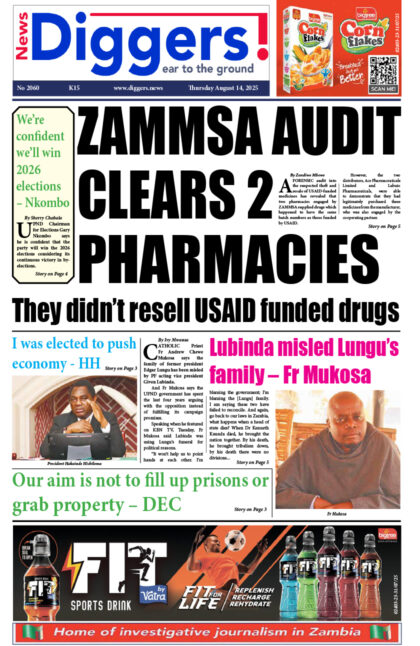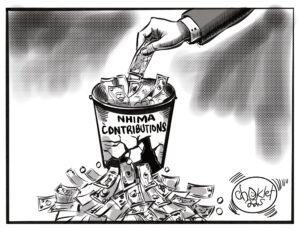THE kwacha is expected to trade at around K22.50 per dollar by the end of the half-year period, mainly in response to continued strong demand for foreign currency, compounded by weak supply.
According to a detailed economic analytical report, the Kwacha Arbitrageur, taking into account Zambia’s economic outlook this year, the local currency is forecast to further deteriorate to an unprecedented K22.50 per dollar by June 30, mainly triggered by sustained demand for foreign currency, but with weak supply of dollars to help shore up the local unit.
The kwacha is currently trading at an average K21.90 per dollar, but has breached the K22 per dollar psychological barrier in some commercial banks for the first time in the country’s history.
“Kwacha bears have persisted on the back of rising dollar demand on the back of Zambia’s net import position versus weak supply in the market. Foreign currency gross reserves were last reported at US $1.28 billion (Oct, 2020). The kwacha shaved 42 per cent in 2020 and is trading north of K21 for a unit of dollar and is forecast to extend losses to K22.50 in the first-half of the year (1H21). The kwacha has to-date shaved 1.3 per cent,” the report disclosed.
“The currency remains overvalued as dollar scarcity persists demand – supply mismatches. Foreign currency rationing has continued despite the central bank announcing that Zambia has no currency controls. The Bank of Zambia refuted claims that it is restricting counterparties on how much foreign currency they can access from respective banks consequently leading to fuel shortages. It is, however, a dry point of construction that Oil Marketing Companies (OMCs) have hurdled to access dollars to fill their orders to fund petroleum imports resulting in supply disruption causing fuel shortages.”
Data compiled by Bloomberg and published in the report also revealed that the kwacha was the worst-performing currency in Africa in the 12-month period ending February 2, 2021, with the local unit further sliding and losing value of over 32 per cent, the highest amount in loss of value from the basket of currencies under review.
It added that local currency shortages had caused credit risks to further deteriorate.
“Because of currency shortages, credit risks have further deteriorated through heightened Transfer and Convertibility (T&C) risks through mismatches in assets and liabilities constrained by lack of dollars in the market,” read the report.
The Kwacha Arbitrageur, dubbed: Amidst a COVID-19 Pandemic and Sovereign Debt Labyrinth, analysed various local and global economic developments that relate to the Zambian economy and its outlook this year.
























